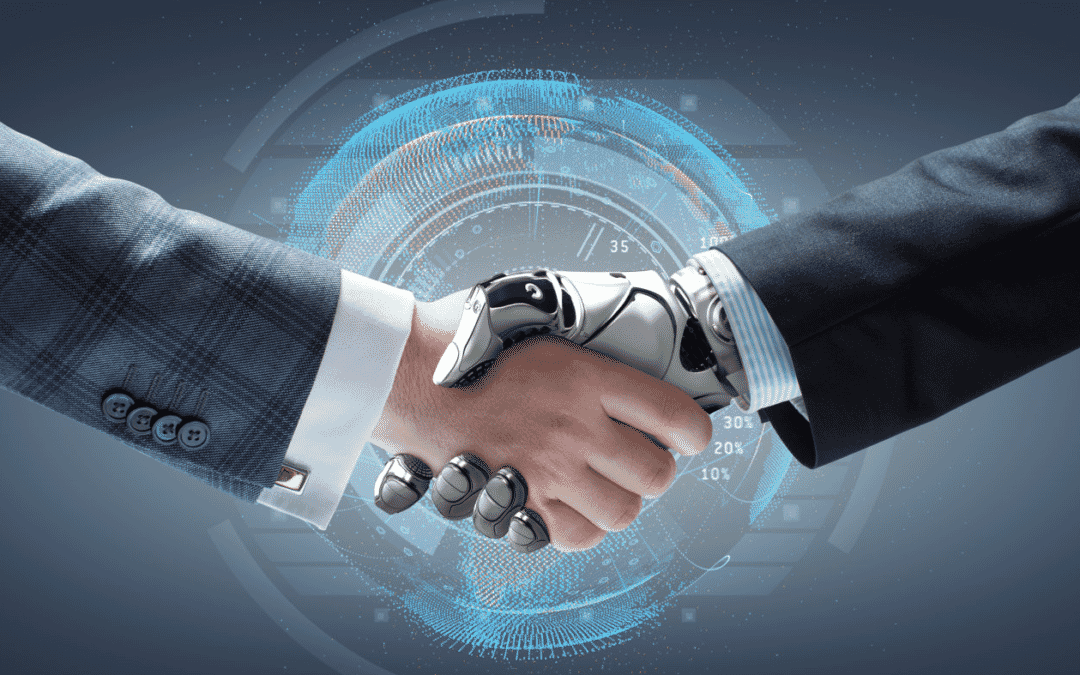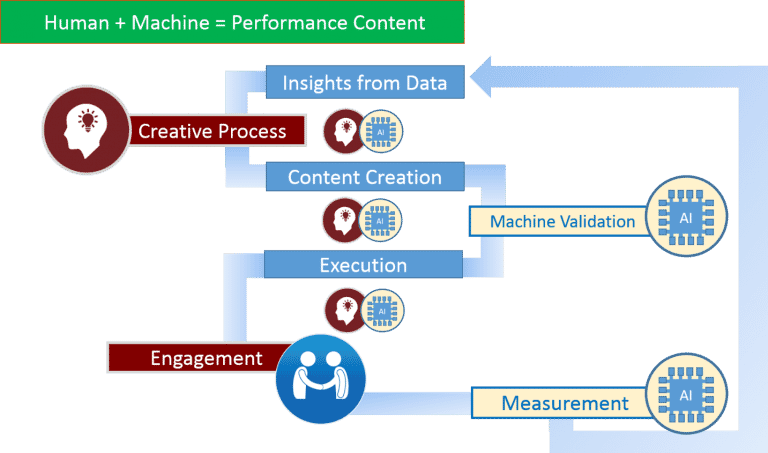Marketing today is both art and science — an exercise in both human creativity and technological advancements — but some feel artificial intelligence and machines could take over the marketing discipline. Could this happen soon? Should marketers be worried about their jobs?
The increasing role of Tech in Marketing
SEM, Programmatic and Social Media Marketing were built on algorithms. Near real-time measurement and optimisation in these channels has made them powerful assets for marketers and we’ve come to expect the assistance and input from the machines that power these channels. To drive results, marketers have learned to read campaign data to gain actionable insights and then push and pull levers to influence an algorithm’s decisioning.
We see similar machine learning and AI applied to traditional channels like television and out-of-home advertising. The digitisation of our world has opened a cross-channel window to measurement and performance and this performance has unlocked new budgets that are more productive than ever before, in most cases increasing both revenue and reach.
The machines and bots do the heavy lifting, which enables marketers to focus on strategy. This shift reflects the need for marketers to be increasingly tech and data fluent.
AI and Machines deliver deeper understanding for marketers
Recently, Salesforce announced its partnership with IBM and Watson. This new enterprise solution ties together Salesforce’s Einstein data-mining AI platform with the computing power of Watson’s question and answer capability. This new super-solution promises to deliver a new level of customised consumer experiences. Brands and marketers will be able to learn more about their customers and in turn speak to them in more meaningful ways. Watson’s natural language capability will power this new understanding.
There are several examples of how Watson’s natural language processing power can be adapted to marketing on the IBM site. One example outlines Social Customer Care, or in our case, Social Marketing. IBM breaks it down as follows:
- Personality insights: Understand personality characteristics, needs and values in written text
- Natural language classifier: Interpret and classify natural language with confidence
- Tone analyser: Understand tone and style in written text
The Salesforce partnership and integration makes these consumer data and insights actionable by giving marketers and brands a means to activate targeted advertising.
Algorithmic execution across platforms such as Google, Facebook, Snapchat, YouTube and Amazon will continue to be tied back to sales, revenue and lifetime value. However, technology partnerships like the one formed by Salesforce and IBM will drive comprehension deeper.Intangibles like
Intangibles like sentiment, opinion, satisfaction and evangelism layered over quantified data like behavioural, demographic, and device information may lead to new ideas for content formats, loyalty programs and engagement metrics. This is a crossroad where the limitations of the machine and the power of human ingenuity collide.
Humans are core to the creative process
Clearly, machines add a lot of value to the marketing process and are instrumental in helping us boost performance. But what do humans bring to the table?
Darrell Jursa, SVP Integration at Resolution Media, feels that you can’t take humans out of the creative process. He indicated that as long as we are marketing to other humans the machines need to be manipulated by humans in some way. He said,
‘While decision trees and segmentation deliverables can be fuelled by previous and real-time media performance metrics, the process we need to acknowledge is what comes before all of this: the creative process. This is a centuries-old set of very specific and very personal human behaviours that cannot yet be replicated by artificial intelligence. Why? Generating ideas based on experience is still a uniquely human experience. While we can certainly train the robots to optimise the message, we still need someone with a heartbeat to come up with an idea.’
Capitalising on the strengths of each
For now, the ‘swim lanes’ of marketing with machines and AI are clear — each has its core strengths and should be leveraged accordingly. Humans still control the message, perform analytics and draw insights, but machines make it simpler, more robust and refine the targeting and delivery.
The deep computing powers of machines should be used to validate what humans develop: the approach, message and target. They also are adept at measurement and reporting. Humans rely on machines to guide campaign optimisation and refinement, thus creating a virtuous cycle of learn, create, engage and measure.
Overall, the best marketing performance will be derived from tapping into the unique strengths that humans and machines possess.











